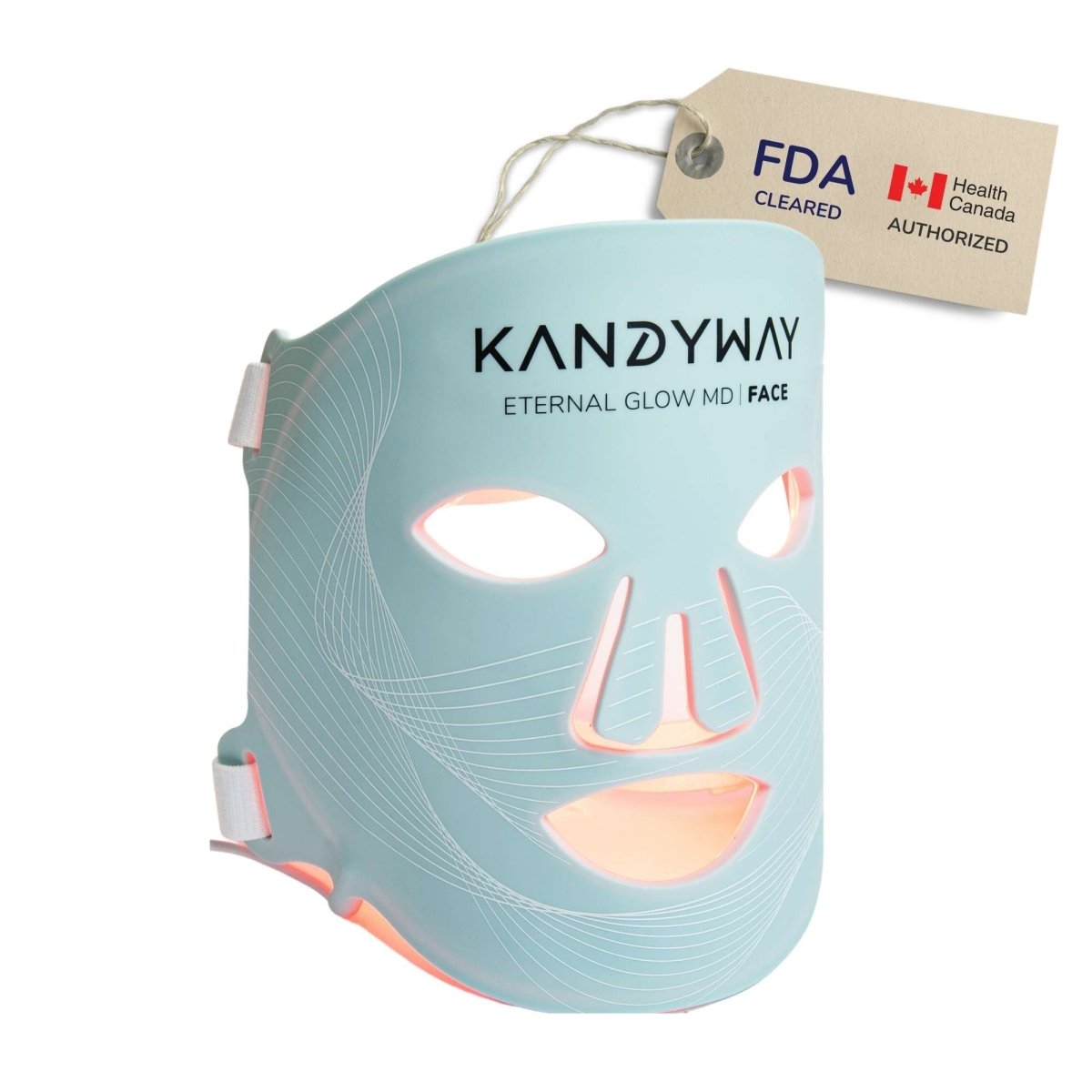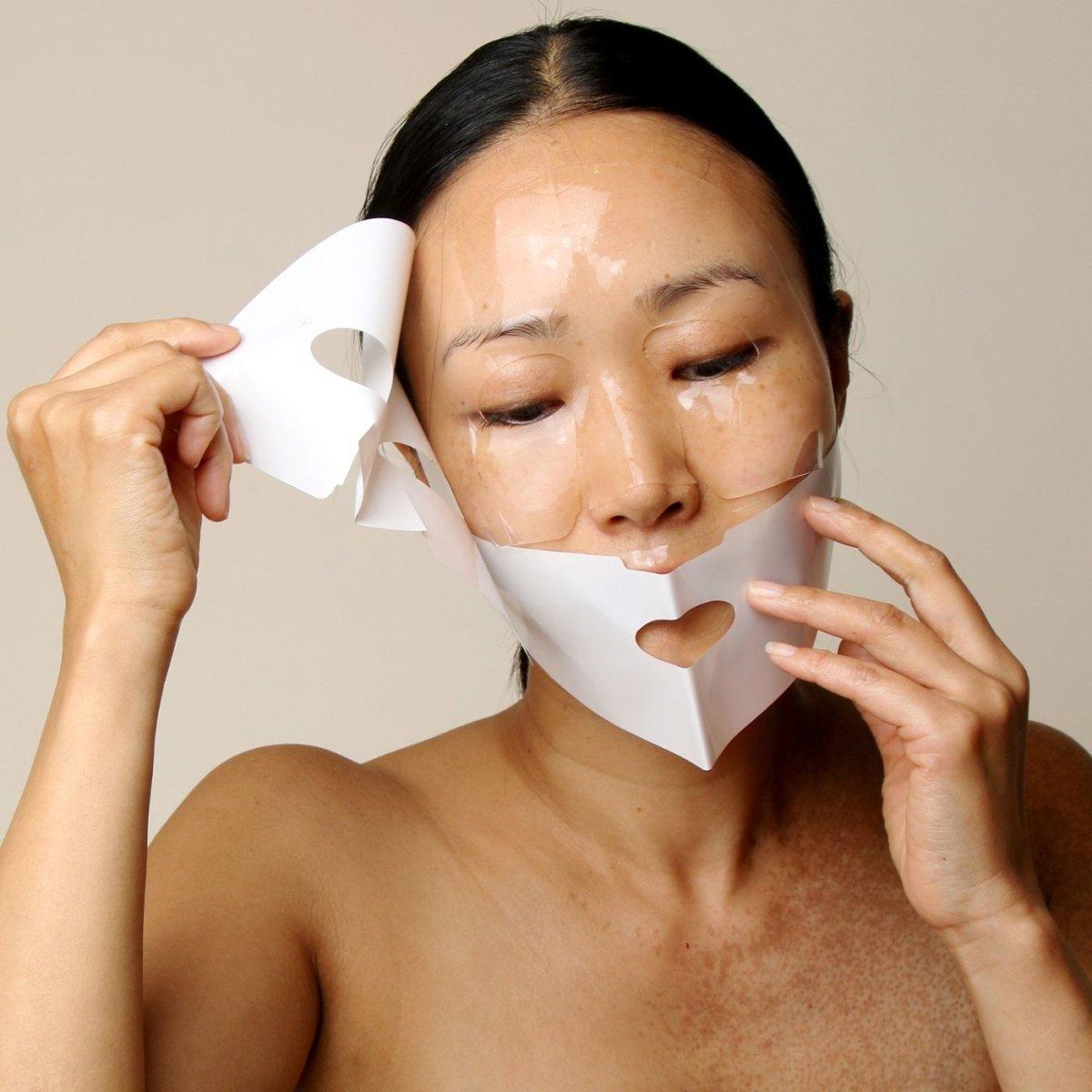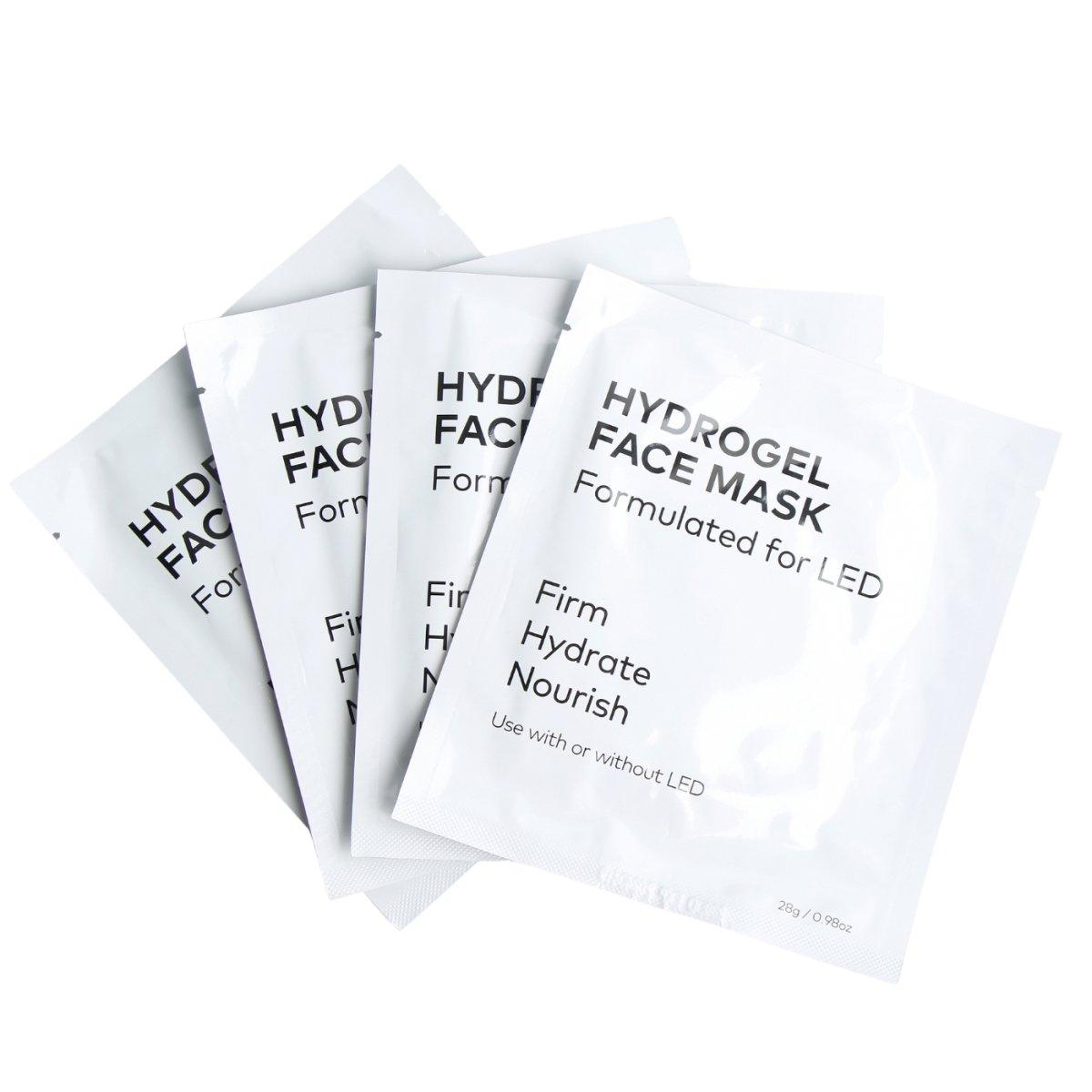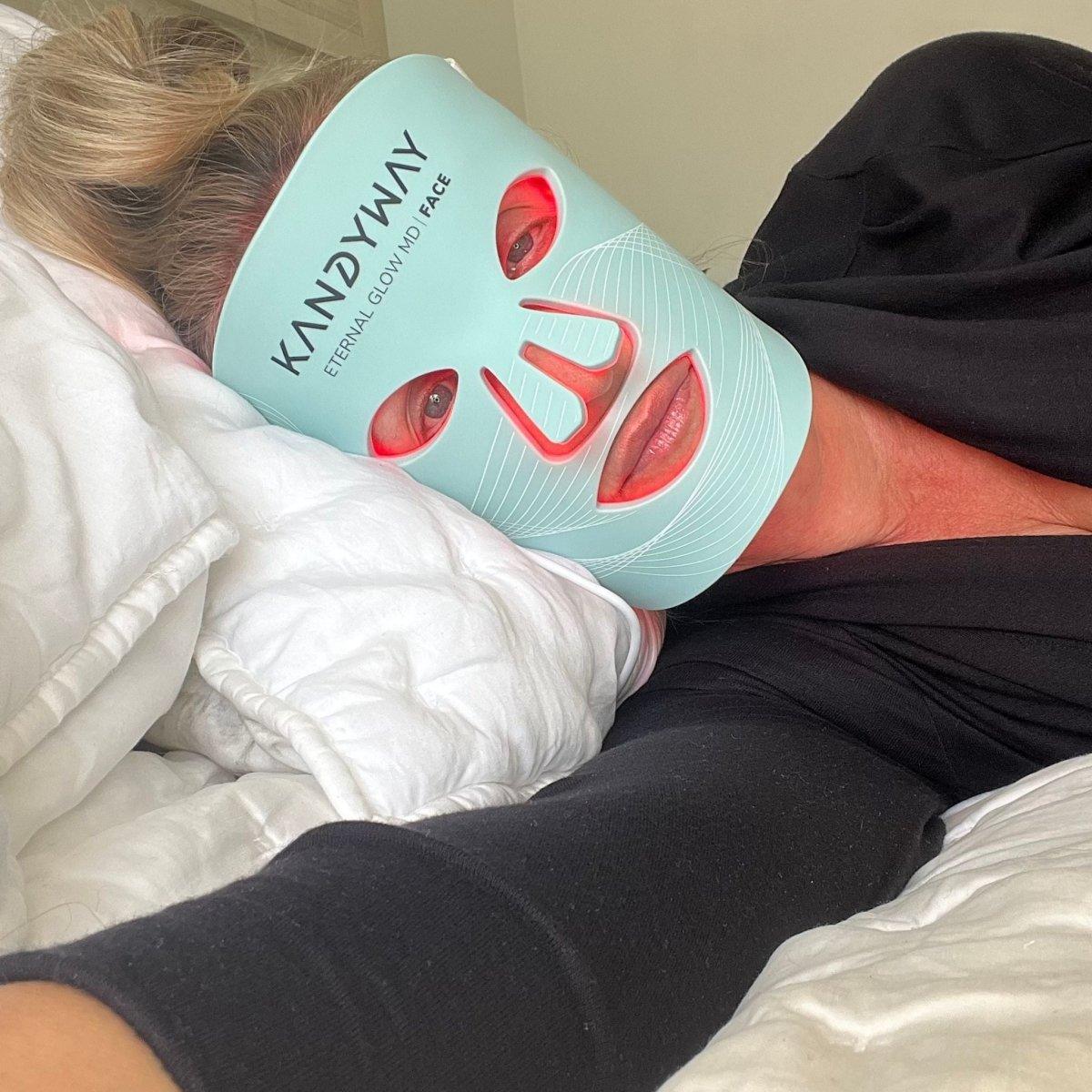Skin discoloration is usually due to a problem with your blood vessels or blood flow. However, an infection or inflammation can also cause it in the surrounding area. Discoloration can affect any body part, including your face and arms.
What causes discoloration of the skin
Skin discoloration comes in various forms, such as freckles and age spots. So what causes these bumps on your skin? And how can you prevent them? The answer lies in understanding some basic biology and knowing what can trigger discoloration.
Age Spots

Age spots are the result of damage to your skin from the sun. They are also known as liver spots, but regardless of what you call them, they're not something anyone wants on their face or hands! Age spots can be freckle-sized or more extensive and can be brown, black, or gray. They are usually found on the front and hands (often called "senior portraits"). However, they may also appear on the arms and torso areas. Age spots are most common in people over 60 who have spent much time outdoors without sunscreen protection.
Cancer Treatment
Hyperpigmentation, a change in the color of the skin, can be a side effect of chemotherapy and radiation therapy. These cancer treatments can cause the skin to become darker than usual. This color change is usually temporary, but it's essential to talk to your doctor about it if you notice any changes in your skin color.
Chemotherapy uses drugs that kill cancer cells. But these drugs affect healthy cells too. High-dose X-rays or other forms of radiation are used in radiation therapy to kill cancer cells and shrink tumors in people whose cancer has spread from where it started (metastasized). Unfortunately, these therapies may leave behind small scars on the skin where they were given. They also have been known to cause permanent brown spots on some areas of the body---especially those parts exposed during treatment (such as the chest area). This is why it's so important for survivors who've had either kind of treatment to wear sunscreen daily and check their bodies often for new marks! Even though this won't happen overnight—especially not immediately after surgery--you should always keep an eye out during recovery periods just in case something goes wrong."
Heat rash

Heat rash is a common skin condition that occurs when the sweat glands in your skin become irritated and swell up. This happens when you are sweating a lot, especially in hot weather or if you have been exercising heavily.
It usually lasts only a few days, and it is not severe. However, it can be uncomfortable and may keep coming back if you do not treat it appropriately. Symptoms of heat rash include red bumps or blisters on the skin that may be itchy or painful (like sunburn). Most often, they show up in places where your skin rubs against itself, like your underarms or groin (between legs).
Eczema

Eczema is a common skin condition that causes itchy, red, dry, and cracked skin. It can appear anywhere on the body, sometimes accompanied by blisters or swelling. Eczema is not contagious, but it can be genetic (you're likely to get eczema if you have a family history of the condition). Allergies are also thought to play a role in causing eczema.
If you're dealing with symptoms of eczema—and want to learn how to treat them—here's what you need to know:
- The treatment options for eczema include medications like topical steroids in cream or ointment form, moisturizers; emollients such as petroleum jelly or lanolin; and anti-inflammatory creams containing ingredients like azelaic acid or hydrocortisone.
- You should avoid scratching your rash because doing so may cause your skin to become infected, leading to deeper layers of tissue under your skin.
Sunburns

Sunburns are a common cause of discoloration in the skin. A sunburn occurs when your skin is overexposed to ultraviolet (UV) rays from the sun, which causes damage to the dermis and epidermis layers of your skin.
Sunburns can be prevented using sunscreen and staying out of the sun during peak hours (10 a.m.-4 p.m.). However, certain factors can increase your risk of sunburn even with proper protection.
People who spend time outside without sunscreen or protective clothing will burn faster than people who spend time outside during peak hours while wearing protective gear (10 a.m.-4 p.m.). People with fair skin have less melanin in their skin than darker-skinned people, so they're more sensitive to UV radiation.
Vitiligo

Vitiligo is a condition that causes patches of skin to lose color. It's caused by the loss of melanocytes, cells that produce melanin, the pigment responsible for our skin's color. Vitiligo can be triggered by stress, medication, and autoimmune disorders such as Crohn's disease or rheumatoid arthritis.
It may also be inherited, although the exact cause is unknown.
Reaction to Medication
Taking medication makes it essential to be aware of any side effects. Some medicines can cause skin discoloration as a reaction to their use. These include:
Antibiotics like tetracycline, doxycycline, and minocycline
Quinolones such as ciprofloxacin (Cipro) or levofloxacin (Levaquin)
Skin damage from a burn, blister, or infection

Strong chemicals cause a chemical burn like acids and alkalis. An acid burn can occur from spilling a chemical on the skin, which usually results in immediate pain and redness. Acids may also be used intentionally to injure someone or even yourself, such as in a suicide attempt.
A chemical burn can cause irritation and discoloration of your skin if not treated appropriately. This type of injury could also lead to scarring or severe complications if untreated for an extended period. Different kinds of burns occur when someone comes in contact with an unsafe substance, so it's essential to understand the signs and symptoms associated with each one. Hence, you know what to look out for during an emergency!
Contact Dermatitis

Contact dermatitis is a skin reaction to irritants like laundry detergent or a particular plant. The most common hassles are usually found in the air (for example, smoke or dust), on people or objects (like jewelry), and on cosmetics.
Contact dermatitis can also be caused by certain plants, animals, and their dander, which can cause allergies in some people.
Rosacea

Rosacea is a common skin condition that affects the face and can also be found on the neck, chest, shoulders, and upper arms. Rosacea causes redness, pimples, and small blood vessels near the surface of your skin.
Symptoms may include:
- Redness of your nose, cheeks, or forehead
- Small bumps on the skin known as papules (or pustules)
- Flushing of facial areas such as cheeks or chin
Psoriasis

Psoriasis is a condition that causes your skin to become scaly and thicker, leading to patches of redness on the surface. The exact cause isn't known, but it's thought to be related to genetics and an overactive immune system.
Psoriasis can occur anywhere on the body, though it usually appears on the hands and feet (especially under the nails). It's most likely to affect people between 20 and 40. Still, psoriasis can also develop in children or older adults.
The skin cells that makeup psoriasis are produced faster than average. Causing them to build up more quickly than they can shed away from the surface of your skin, which causes inflammation, irritation, and scaling in some cases.
Suppose you're experiencing symptoms like this regularly. In that case, you may want to consult an expert about what treatment type (s) might work best for you. However, there are several things you can try at home first before making any decisions about seeing someone professionally (such as moisturizing regularly).
Shingles

The chickenpox virus causes shingles (also known as herpes zoster). It's most common in older adults but can affect people of any age, including children. Shingles typically appear on the neck, chest, face, and back. The rash usually lasts from two to four weeks. However, it may accompany fever, headaches, and pain lasting several days to months.
Most cases of shingles will heal without complications or long-term problems for most people who have had it before. However, some people experience pain or limited mobility in areas where damaged nerves affected by shingles remain dormant within their bodies for years after an initial attack. If you take antiviral drugs early on during your first case of shingles or if you get a rash after getting a chickenpox vaccine as a child, they can help ease your symptoms, like pain.
Conclusion
Many things can cause discoloration of the skin. Age spots, cancer treatment, heat rash, eczema, and sunburn are some of the most common causes of skin discoloration. These conditions usually affect older people and people who have had long-term exposure to the sun.










